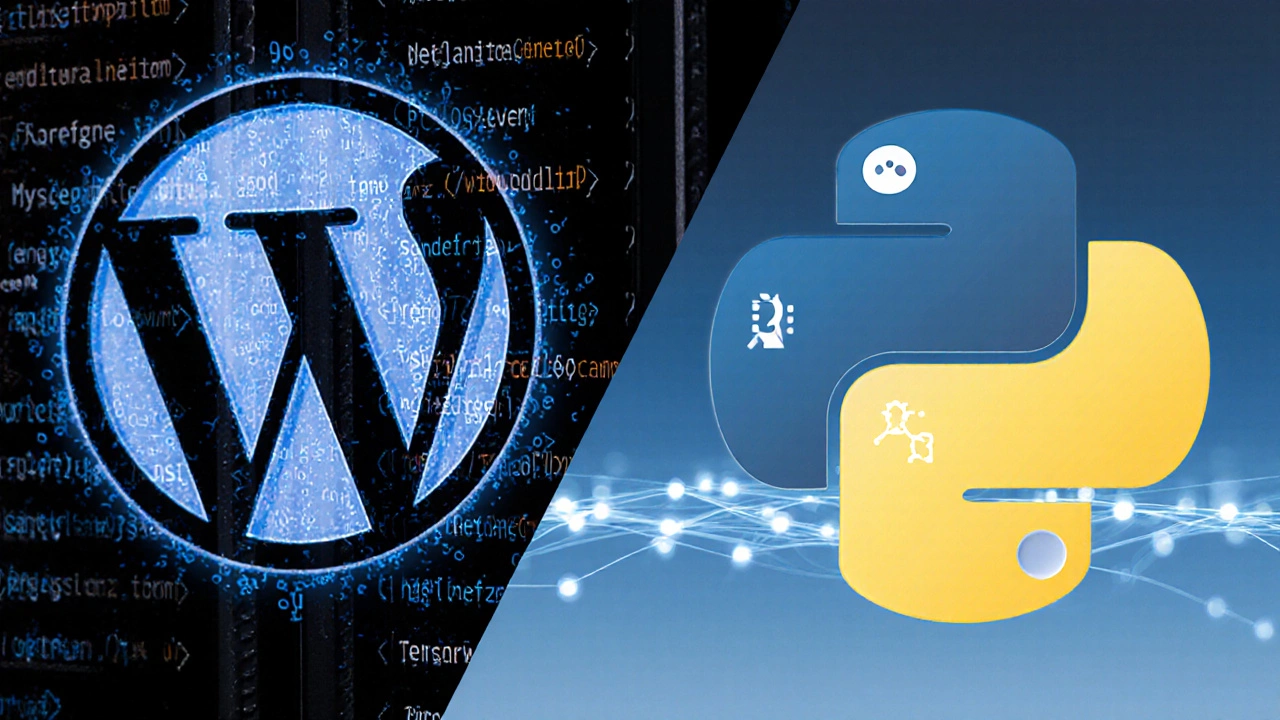WordPress Python Integration Guide
When working with WordPress Python, the blend of WordPress' flexible content management with Python's powerful scripting and data handling capabilities. Also known as WP‑Python combo, it lets developers leverage the best of both worlds. WordPress provides a robust front‑end, while Python powers custom back‑end logic, APIs, and data processing. This combination WordPress Python enables faster prototyping, easier maintenance, and stronger scalability. For example, WordPress Python integration encompasses custom REST endpoints, while Python scripts handle heavy‑duty tasks like image processing or machine‑learning predictions. The synergy between a CMS and a versatile programming language opens doors to e‑commerce sites, SaaS dashboards, and data‑driven blogs.
Why combine WordPress and Python?
Developers choose this blend because WordPress excels at content editing and theme management, whereas Python shines in backend services, scientific computing, and automation. One common pattern is to build the front‑end with WordPress themes and plug in a Python‑based API built on Django, a high‑level Python web framework that simplifies database models, routing, and security. The Django API can serve JSON to WordPress via the REST API, allowing page builders to display dynamic data like product catalogs or analytics dashboards. Another route uses Flask for lightweight micro‑services that handle tasks such as sending transactional emails or processing payments. These setups illustrate that WordPress Python projects often involve e‑commerce workflows, custom data visualizations, and integration with third‑party services, turning a standard blog into a full‑stack application.
Getting started doesn’t require a PhD in either technology. You need a working WordPress install, a Python environment, and basic knowledge of HTTP and JSON. Tools like WP‑CLI speed up WordPress deployment, while virtual environments keep Python dependencies tidy. Security best practices include using non‑admin API keys, sanitizing inputs, and following the principle of least privilege on both sides. Once the bridge is set, you can automate content imports, run scheduled data analysis, or even embed machine‑learning models that personalize user experiences. Below you’ll find a curated collection of articles that walk you through everything from beginner tutorials and salary guides to deep dives on full‑stack capabilities, giving you both the strategic overview and the hands‑on steps you need to make the most of WordPress Python integration.
